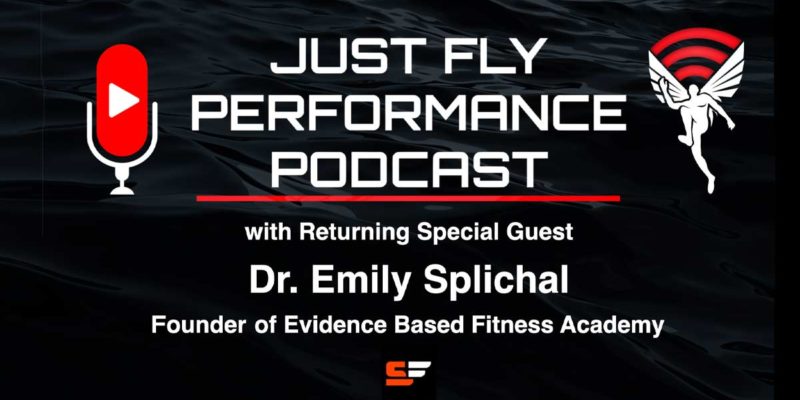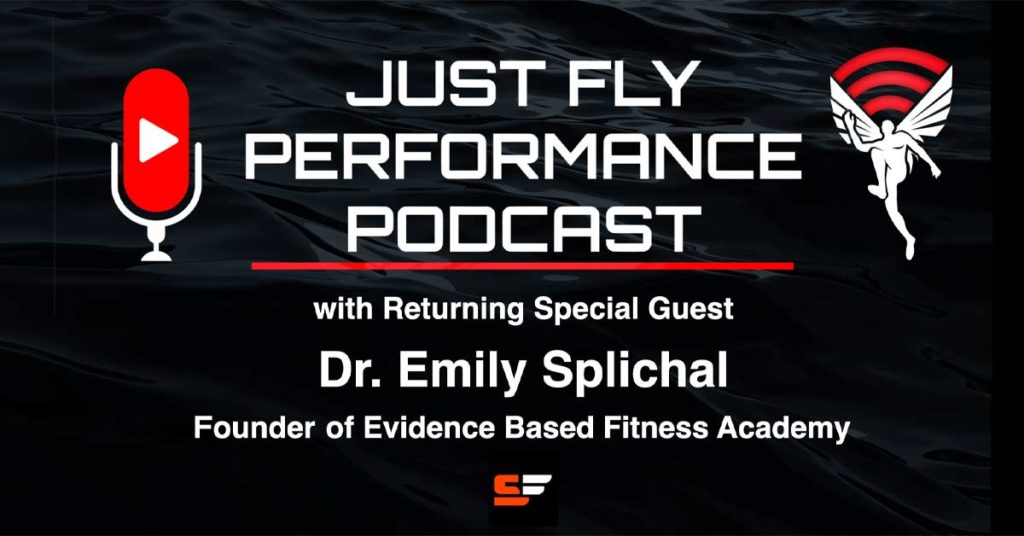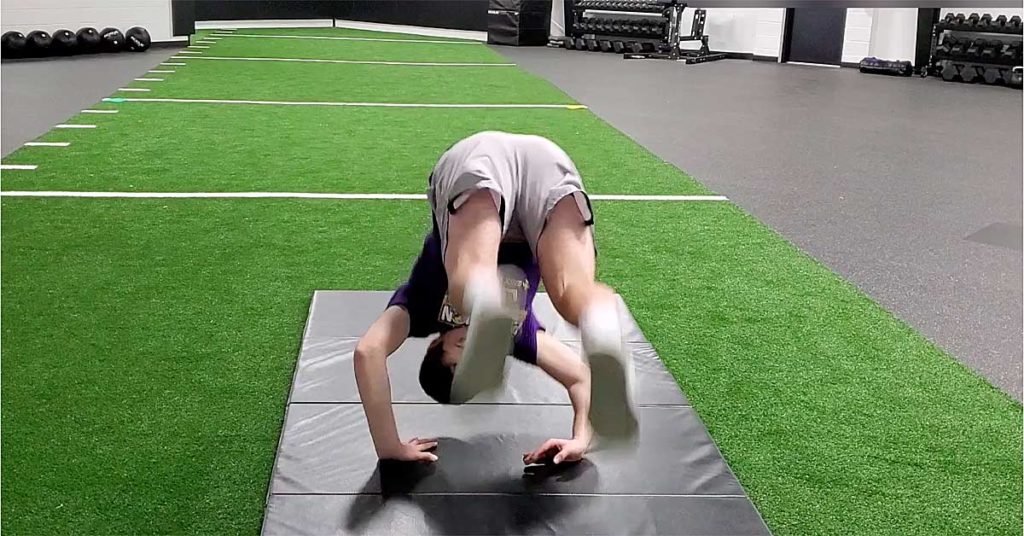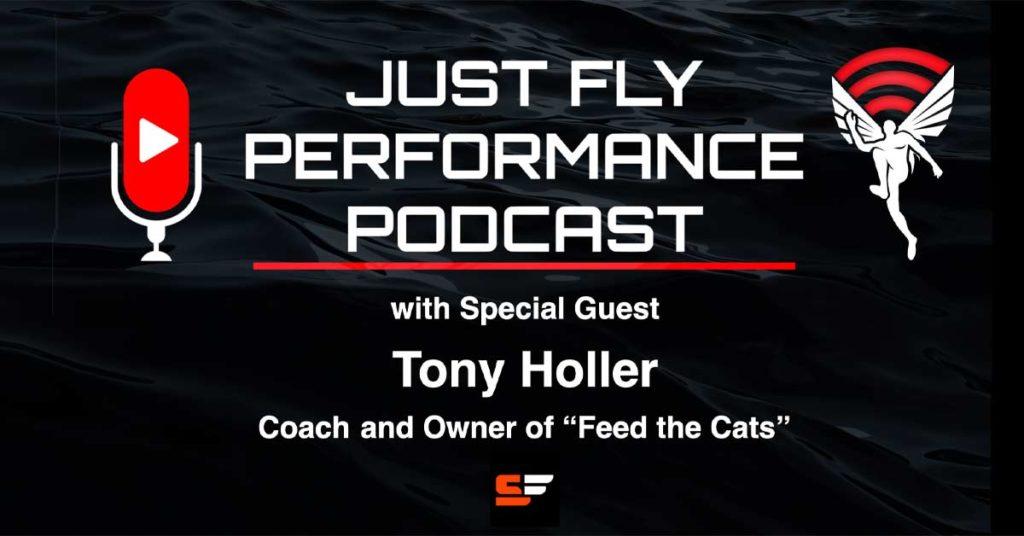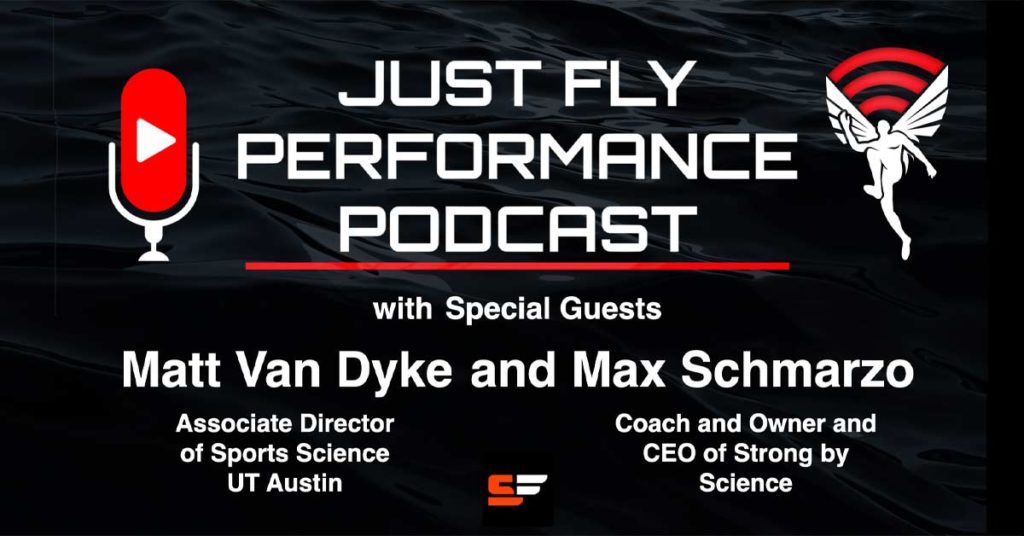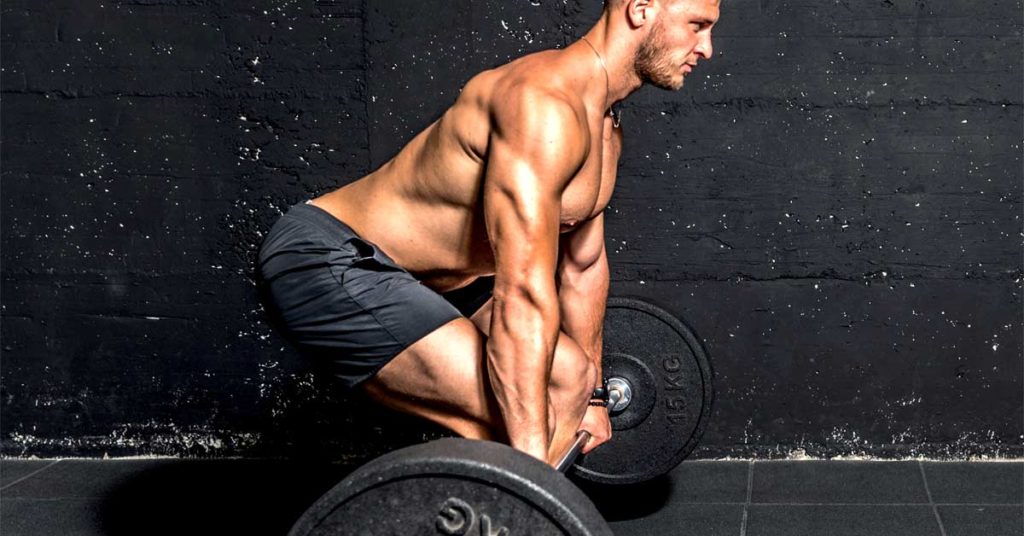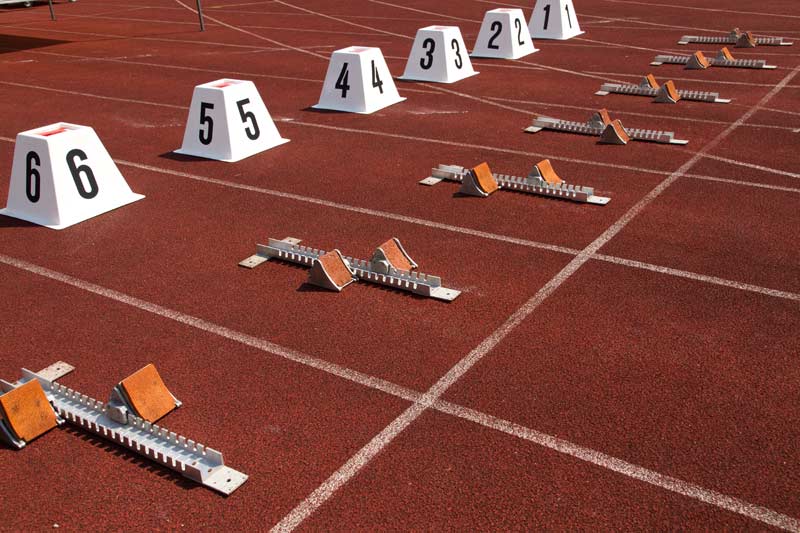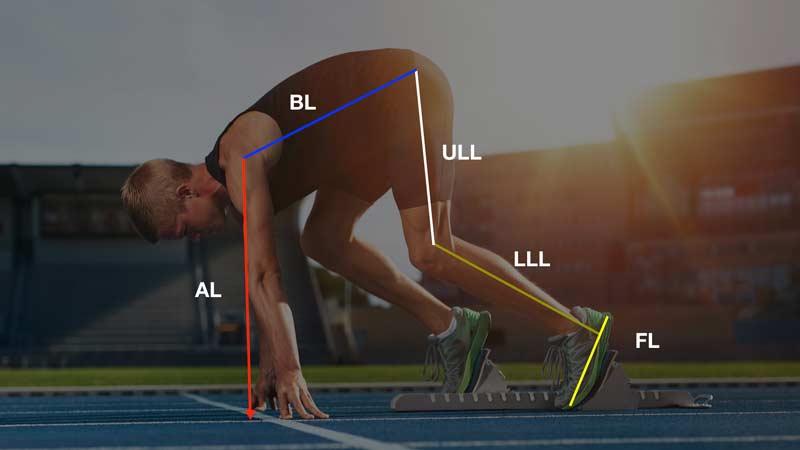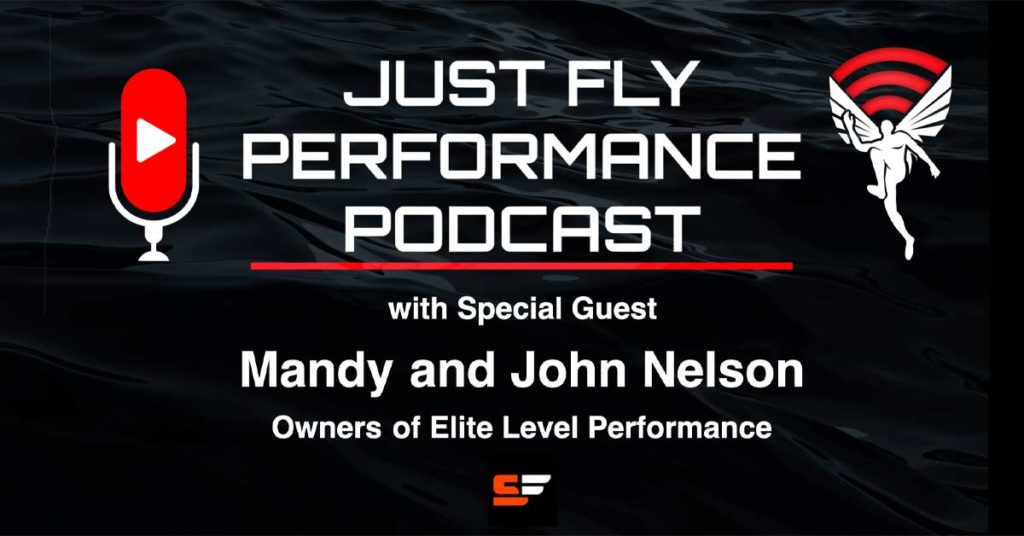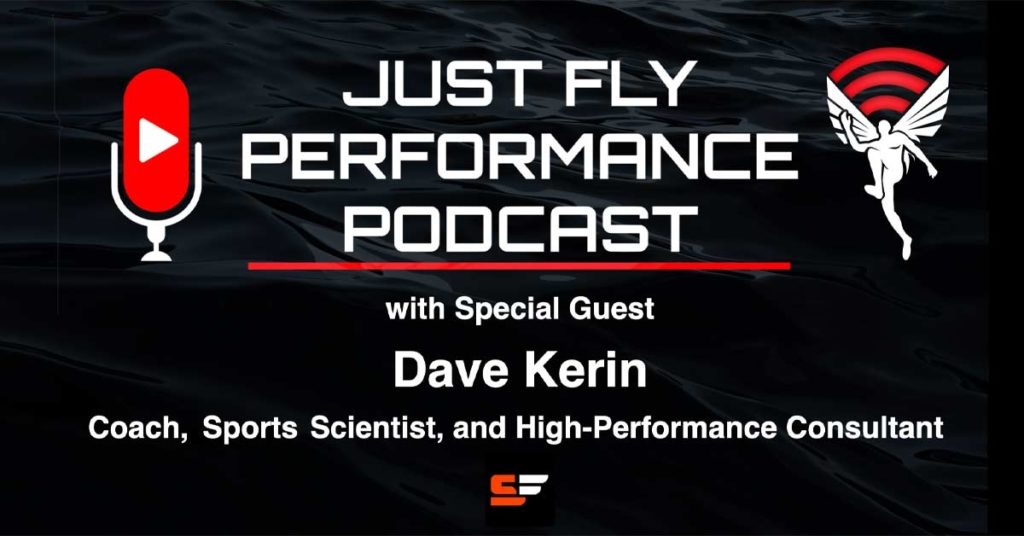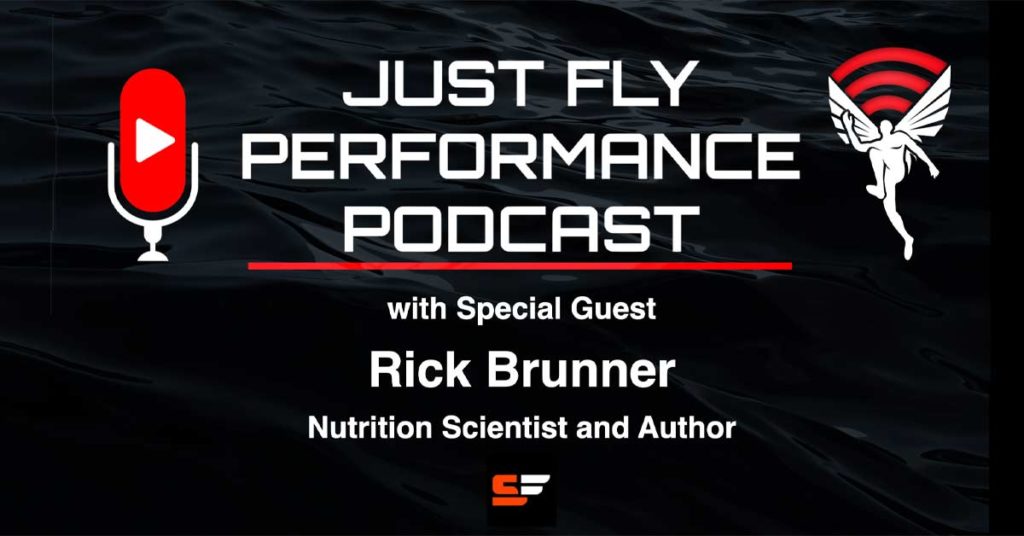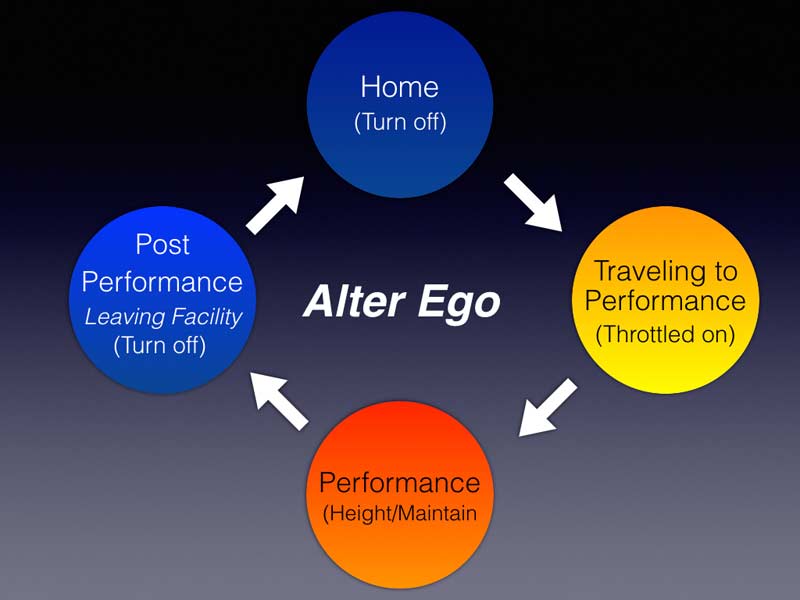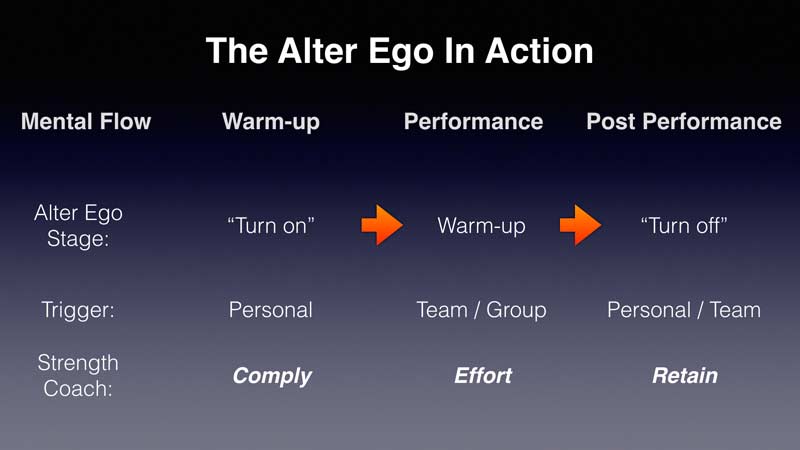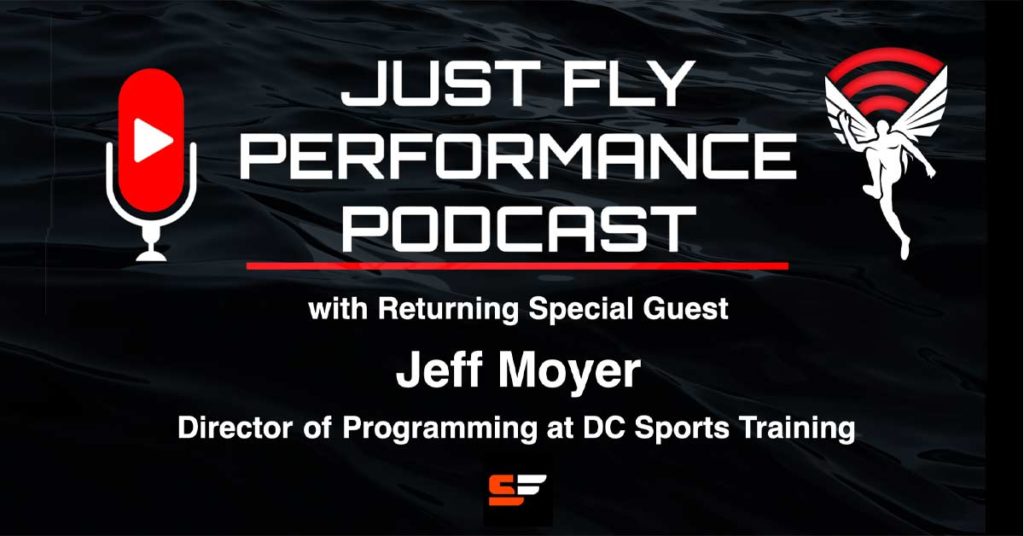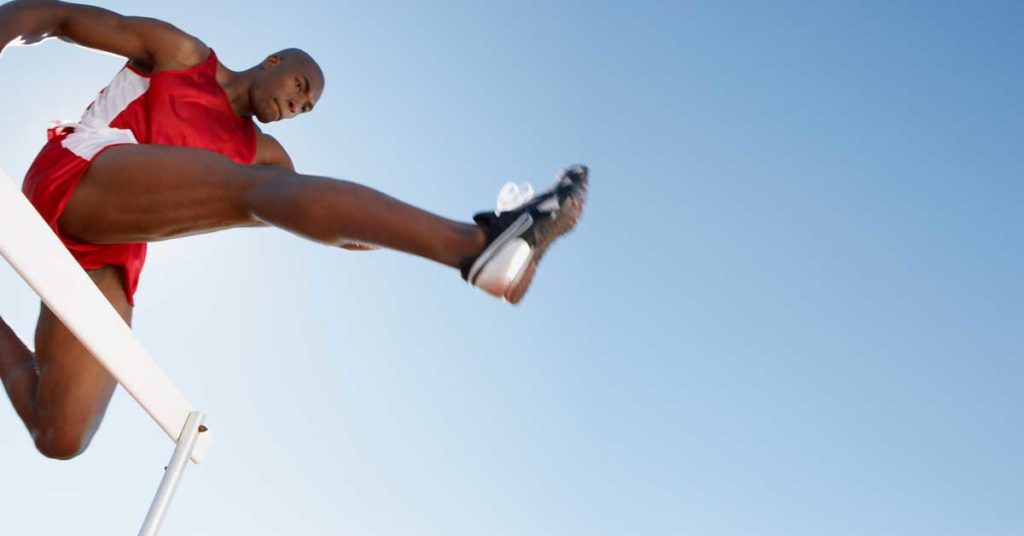
The first time I ran the 300-meter hurdles was a disaster.
I’d been bamboozled by my high school coach, who had convinced me to run track as a sophomore by telling me I’d just be a jumper. “You’ll stay in shape for football,” he said. But when we got off the bus for a meet against Flint Northwestern, he told me I’d be running the hurdles.
I had never run over a hurdle before, but I had eaten two roast beef sandwiches on the bus ride down. What could possibly go wrong?
That day I learned a few things: first, I was a pretty lousy jumper; second, the 300-meter hurdles is just about the hardest race that exists at the high school level; and third, roast beef sandwiches taste a lot better on the way down than they do on the way up. I hope you never have to learn that final lesson the way I did.
I eventually became a decent enough hurdler over the next few years, but that first race was doomed from the start. And while my lack of experience and belly full of beef were certainly contributing factors, there was another: I had no plan.
My experience was not unique. In 16 years of coaching the 300-meter hurdles, I’ve learned that most kids have no plan. They definitely don’t have one that they’ve developed on their own (or, if they do, chances are it’s trash). Some don’t even have one that was given to them by their coaches. Others have been given a plan, but they don’t follow it out of fear of the race, forgetfulness, or the special confidence in their own nonexistent expertise that only a high schooler can have.
I’ve seen kids with gorgeous technique over the hurdles get eaten alive by kids whose form was mediocre at best because they ran the phases with purpose, says @TrackCoachTG. Share on XSo, let’s talk about plans. I want to share with you a 300-meter hurdle model that has worked for me and for the athletes I have coached. I won’t talk much about hurdling mechanics in this piece. Hurdling technique is certainly important, but not nearly as important in the 300 as it is in the 100/110. But even more than that, I’ve seen kids with gorgeous technique over the hurdles get eaten alive by kids whose form was mediocre at best because they ran the phases with purpose. I saw a kid named Emanuel Sledge from Saginaw Arthur Hill (11.10, 22.75) run 39.05 in the 300 hurdles despite looking like he was long jumping every 35 meters. That was in 2006, and it still sticks with me.
Breaking the Race into Phases
I’m not so arrogant to think that this is the only way to run the 300-meter hurdles, but I’m just arrogant enough to say that if your current advice to athletes is some iteration of “run as hard as you can as long as you can” or mostly a hype-speech littered with the words “heart” and “guts,” this race plan will help your kids get better.
The 300-meter hurdle race has eight hurdles and what I consider to be five distinct phases:
- The Start (up to and including the first hurdle)
- The Backstretch (hurdle 2, leading up to hurdle 3)
- The Curve (hurdles 3, 4, and 5)
- The Homestretch (hurdles 6, 7, and 8)
- The Finish (between the final hurdle and the finish line)
Breaking the race into phases is the equivalent of chunking a project. Like many high school coaches, I’m also a teacher. In the classroom, if I assign a project to students without helping them break it into components and without helping them devise a plan for approaching the project effectively, I’m setting them up for failure. Some will become so overwhelmed that they’re unable to even begin; others will dive in blindly and realize halfway through that they’ve been going about things all wrong. While a certain amount of problem-solving on their part is necessary, I need to at least give them a map to follow.

“Run as hard as you can as long as you can” sounds deceptively simple, but it doesn’t put kids in the best position to succeed. A five-phase checklist helps athletes from a psychological perspective in that they can focus on executing one component at a time, rather than facing the daunting task for what it is: a 300-meter sprint with stuff in the way.
For some, the idea of this race is so intimidating they’re beaten before the gun has fired. For others, half the race will pass them by before they realize they’re not in it. Obviously, we want to avoid these things at all costs.
1. The Start
As with any sprint race, the start in the 300-meter hurdles is incredibly important. I’ve heard all kinds of terrible advice as it relates to starting this race, including—I kid you not—go out at about 75% and then kick it in at the end. You should never, under any circumstance, coach athletes this way.
I tell my kids all the time, “You might not be able to win the race with your start, but you can definitely lose the race with it.” If an athlete gets out of the blocks too slowly, the rest of the pack will pass them by. The runner who gets out at 100% and the one who gets out at 75% will both be in pain when they cross the finish line. If you’re going to be in pain regardless, then you may as well get out hard and have something to show for it at the end, right? For these reasons, I cue athletes to try to be the first person to the first hurdle.
I cue athletes to try to be the first person to the first hurdle… It’s much easier to run fast when fresh than it is when tired, says @TrackCoachTG. Share on XThe beauty of the 300-meter hurdle race is that there is room for full acceleration, something the 100-/110-meter race does not offer. With 45 meters to work with, athletes can cycle through an entire push phase and transition into an upright sprinting position before approaching the first hurdle. Coach kids to use their explosive energy systems early when they’re readily available to the body. It’s much easier to run fast when fresh than it is when tired. Getting out of the blocks with anything less than accelerating to maximum velocity in mind is a guaranteed way to make sure maximum velocity is never attained, because it definitely isn’t going to come in the final 60 meters of the race.
2. The Backstretch
After coming off the first hurdle, we’ve entered what I call the Backstretch phase. Our athletes should already be running fast here because they accelerated to top speed and cleared the first hurdle with technique so beautiful it could make grown men weep. But while speed is still the priority in the Backstretch phase, it’s much looser: more like the way we coach kids to run the backstretch of the 400.
The main thing I tell my athletes to do here is a phrase I borrowed from Ryan Banta, author of The Sprinter’s Compendium: “run tall and maintain.” If we tell athletes something else—“float the backstretch” or “relax,” for example—they will inevitably slow down. Slowing down is bad, and we want to avoid it for as long as we can.
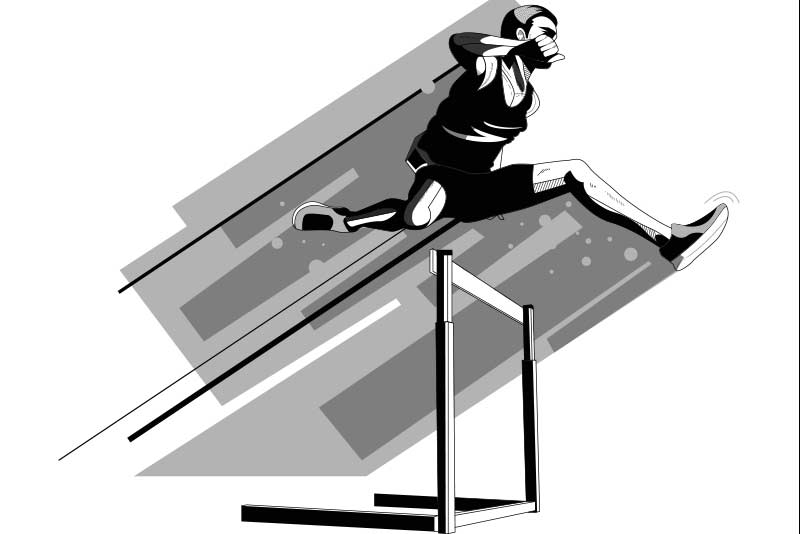
Telling athletes to run tall reminds them that they should be in an upright sprinting posture between the hurdles; telling them to maintain reminds them that they need to continue to be fast through the second and up to the third hurdle and avoid deceleration.
3. The Curve
As athletes approach the third hurdle, they’re entering the Curve phase. The athletes have now run 100 meters at or near the top speed they can muster, and both speed and mechanics will begin to deteriorate slightly here. Plus, maybe I’ve been uniquely unlucky in my career, but it has been my experience that wind often presents itself most as a factor in the curve. If you coach in a warm-weather state and don’t battle wintery conditions well into April (grumble grumble, mutter mutter), then you might take a different approach here. But for me, I remind kids in the curve of the importance of their forward lean over the hurdle. Even if wind isn’t a factor, there is very little downside to asking athletes to refocus on their technique over the hurdles, so they don’t begin floating or hurdling in an upright position.
There’s very little downside to asking athletes to refocus on their technique over the hurdles so they don’t being floating or hurdling in an upright position, says @TrackCoachTG. Share on XThe cue that I use is to tell my athletes to “hurdle downhill”—in other words, to imagine themselves not as needing to elevate in order to clear the hurdle, but as running at a decline and staying down on the barrier.
I also want my athletes pressing to the inside of the curve with a slight inward lean, which means controlling their eyeballs, feet, and arms. First, I cue athletes to “look two lines in.” What I mean here is not for them to violently turn their head and stare at the runner two lanes inside of them, but to slightly shift their eyes to the left and choose a new focal point that isn’t directly in front of them. They’re not running straight, so focusing straight ahead doesn’t make a lot of sense, and it causes athletes to end up drifting back toward the middle or outside of the lane.
Next, we need to consider the actual foot strike in the sprinting mechanics. Boo Schexnayder talks about using the feet to apply force outwardly when coaching curve running in the high jump approach, and while this curve is much less dramatic than a high jump curve, the basic principle still applies. Finally, arm action should also be slightly altered in the curve, with the outside arm approaching the chin as opposed to the cheek. These three things done in unison will help keep your athletes positioned where they need to be.
At the final hurdle of the Curve, the hurdles are nearly even with one another. At this point, I like using the “slingshot” terminology, not because I actually think kids are going to somehow magically get faster coming out of the turn, but because I want them to think about themselves as re-accelerating, resuming their standard upright, eyes-forward posture, and believing that they can be fast going into the final 100 meters of the race. I want them to think of themselves as getting faster here, even if it’s not actually true, rather than letting negative self-talk creep in and convince them of their own slowness and imminent demise.
4. The Homestretch
I love watching the 300-meter hurdles. There’s something beautiful about the spacing of the hurdles and being able to see exactly where each runner stands each time they go over them. In a 400 or a 200 we can eyeball the stagger and estimate who has made up the most ground, but in the 300-meter hurdles there is a visual marker every 35 meters that lets us know exactly who is in front of whom and by how much.
There might be no more beautiful moment than when the stagger has been completed and all the hurdles line up for the first time in the straightaway of the homestretch. There are right around 80 meters to go, and the sixth hurdle tells the tale of how successful your first five were.
For most athletes, the homestretch is the hardest part of the race, and with good reason. With every second that passes, it becomes harder for the body to coordinate explosive movement and overall stability, and technique is often the first thing to go when fatigue sets in. At this point, I prompt athletes to focus on that coordination.
What I cue will depend on what I see my athlete doing at this phase of the race, and it may even change from day to day when we work on the different phases in practice. I might tell them “tall!” or “fast hands!” as they sprint between the hurdles. I might remind them “down!” over the hurdle to keep them from elevating and to remind them that they’re faster when they’re on the track than when they’re sailing over the barrier. I want trail legs snapping “back to the middle and down” so they can continue sprinting.
Speaking of sprinting, the way we coach our athletes’ sprinting technique and how we train speed endurance matters more in the Homestretch than anywhere else in the race, largely because of how it directly impacts hurdling technique. Simply put, if kids are too slow and their force production has diminished too greatly, they will not have enough speed to carry them through the barrier efficiently. This can manifest as:
- The athlete slowing down even more as they approach the hurdle because they’re afraid they might not have enough speed to get over.
- Jumping over the hurdle and landing in a near standstill while other athletes pass them by.
Hurdle technique matters, but if they don’t maintain sprinting technique, then optimal hurdle technique isn’t going to happen anyway.
Hurdle technique matters, but if they don’t maintain sprinting technique, then optimal hurdle technique isn’t going to happen anyway, says @TrackCoachTG. Share on XThe last hurdle seems like it’s a foot taller than the others. It has always been this way, it always will be, and I’m still not sure it isn’t taller than the others. There is nothing I can tell you to offset this phenomenon. Good luck.
5. The Finish
There are only eight physical hurdles in this race, but there is one last mental hurdle that needs to be cleared: After touchdown on the final hurdle, there are still 10 meters to go before the finish line. Every hurdle coach in the world has watched a kid get passed in the final 10 meters of the race because they did not sprint off the final hurdle. They’re exhausted. They’re in pain. In their mind, the race is over. We cannot let this happen.
Every point matters, and sometimes the final 10 meters is the difference between winning and coming in second, or scoring a point in eighth and not scoring at all. Sometimes it’s the difference between a PR and coming up short. These are 10 important meters.
In my practices, we never finish at the finish line. When we work on the final phase of the race, I put cones another 5–10 meters beyond the finish line, and athletes need to sprint through the cones. I coach my athletes to “catch one!” after touchdown on the final hurdle—meaning, pick the closest person and try to beat them through the line. If they’re in the lead, well, they have to finish hard to avoid getting caught.
After touchdown on the final hurdle, there are still 10 meters to go before the finish line…Drill this phase until it becomes second nature to kids, says @TrackCoachTG. Share on XHere’s the thing. All of this seems so obvious that it almost feels silly to mention it. Maybe you haven’t mentioned it to your kids for that very reason: Of course athletes need to sprint through the line in every race. But it has been my observation that in the 300-meter hurdles more than any other race, kids don’t do it. And if we don’t convince them of it in practice and teach the finish as a distinct phase that isn’t bound by a white line on a track, but as a final, 15-meter, all-out, everything-they’ve-got (heart! guts!) sprint, we can almost guarantee that some day they will experience being passed because, in their mind, they were done.
Drill this phase until it becomes second nature to kids. Show them video of athletes who didn’t finish and cost themselves because of it (see at the 5:25 mark here). The last hurdle is not the finish line.
Taking It to the Track
So, there you have it: a plan you can put in place today that will give your 300-meter hurdlers a tangible strategy for success in the hardest race on the track. To recap, here are the phases and their cues:
- The Start—Be the first person to the first hurdle
- The Backstretch—Run tall and maintain
- The Curve—Look two lines in; hurdle downhill; slingshot
- The Homestretch—Run tall; fast hands; stay down
- The Finish—Catch one, sprint, through the line
Just make sure they don’t eat any roast beef sandwiches on the bus.
Since you’re here…
…we have a small favor to ask. More people are reading SimpliFaster than ever, and each week we bring you compelling content from coaches, sport scientists, and physiotherapists who are devoted to building better athletes. Please take a moment to share the articles on social media, engage the authors with questions and comments below, and link to articles when appropriate if you have a blog or participate on forums of related topics. — SF

